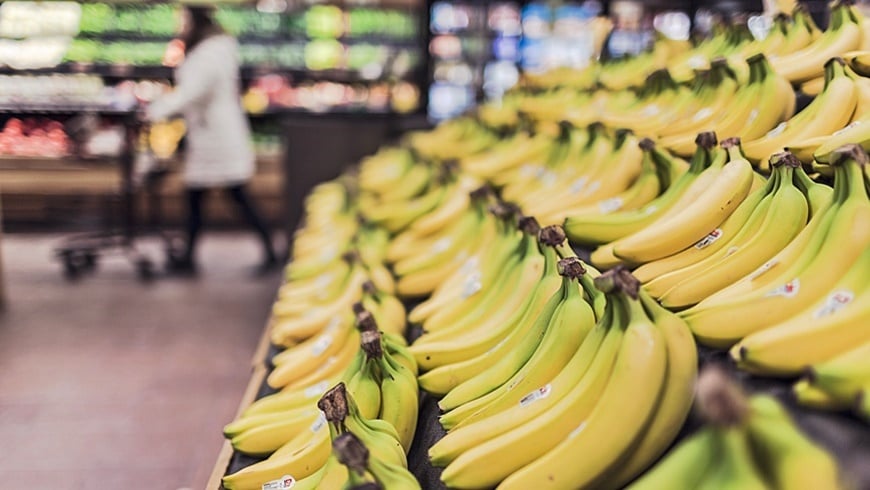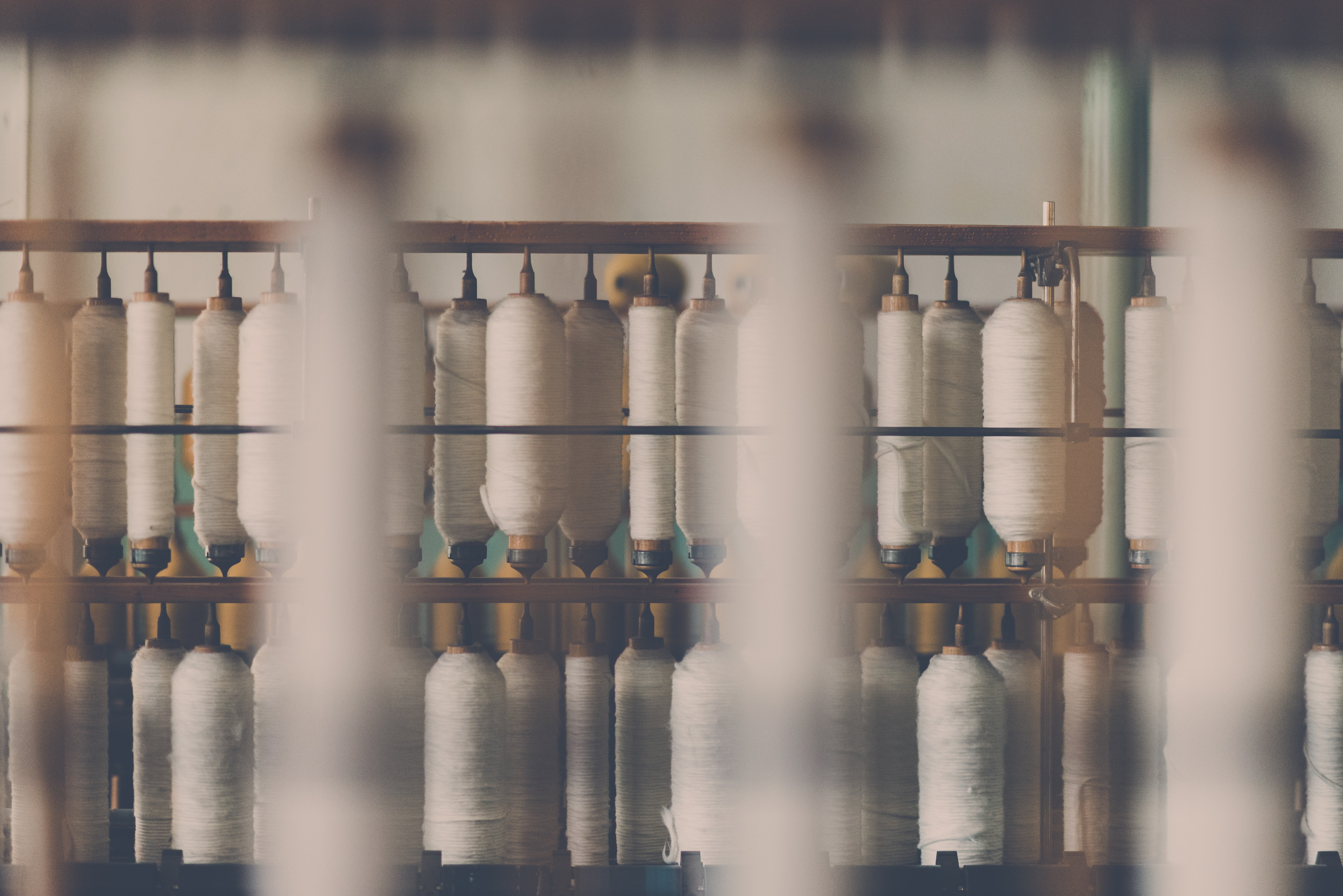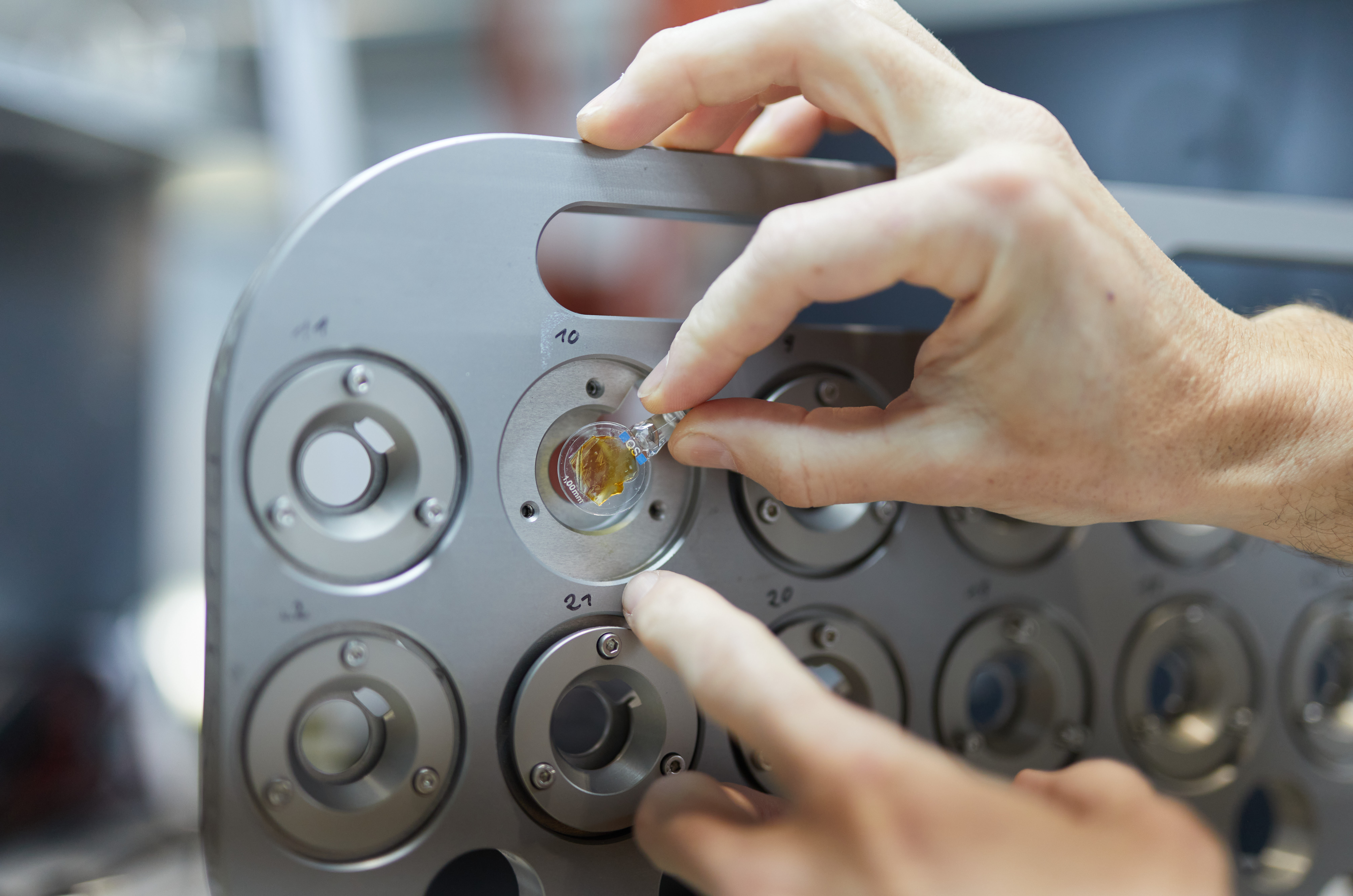
You can keep vegetables and fruit fresh for longer, depending on which ones you store together. Ethylene is responsible for that, something that some vegetable foods naturally emit. Researchers at Empa and ETH Zurich have now developed a new catalyst which prevents fruit ripening too fast and thereby also avoids excessive waste of food. This catalyst breaks down the plant hormone into water and carbon.
Bananas are an example of food that can quickly look fairly unappetizing. After only a few days, the skin becomes blotchy and brown. That’s why a lot of people throw them away then. Ethylene is to blame for this. Ethylene not only makes certain fruits ripen faster, but it also affects other fruits close by. It triggers the production of ethylene in these too, This in turn leads to a real chain reaction, depending on the number of fruits that are stored together.
Catalyst for a more gradual ripening process
Researchers Huizhang Guo and Mirko Lukovic from Empa and ETH Zurich have come up with a way to break up the ethylene that is released so that it doesn’t reach other fruit and vegetables. The basis for this is a “delignified” wood structure. The scientists explain that this is fitted with a platinum-based atomically-distributed catalyst. Wood has three basic elements. Cellulose, hemicellulose and lignin, which is the binding agent in wood.

As part of their novel research, the scientists used an acid to extract both lignin and hemicellulose from the wood. This makes the wood extremely porous and gives it a highly extensive and specific surface area. This makes delignified wood an ideal natural structure for the platinum catalyst. Next, they placed the delignified wood into two different solutions. The first one creates the basis for the platinum particles to adhere to the wood’s cell walls later on. The second solution contains the platinum particles which subsequently penetrate the wood structure. This procedure was developed on from earlier research results.
Like a three-way catalyst
According to the researchers, this principle works similar to a three-way catalytic converter used in car engines. “When the ethylene passes through the porous structure, it repeatedly encounters the platinum particles. These break down the plant hormone into water and carbon dioxide (CO2),” the scientists explain. In the tests, at room temperature, the catalyst broke down almost 100 % of the emitted ethylene. However, it won’t work in outdoor temperatures of zero degrees Celsius or less. Then the water that’s produced can no longer evaporate and subsequently accumulates on the catalyst. The chemical conversion process is blocked. “Heating the entire structure for a few minutes every two hours is all that it takes in order to free the catalyst from the water and enable it to work again,” Lukovic says.
After the results had demonstrated the effectiveness of the delignified wood fitted with the catalyst, the next step would be to scale the concept up to an industrial level, the researchers state. Then larger prototypes of the catalyst could be installed in refrigerators and coolers to preserve fruit and vegetables for longer.
Required catalytic effect
The Japanese company Hitachi has been producing refrigerators with platinum catalysts since 2015. But it uses silica as the reference for the platinum nanoparticles. The principle – which uses a structure based on environmentally friendly and sustainable wood recently developed by Empa researchers – is replacing platinum catalysts. Due to the porous and hierarchized structure of the delignified wood, platinum nanoparticles with a size of 20 nanometers are able to be evenly and efficiently distributed in very small quantities so as to achieve the required catalytic effect. And the technology developed at Empa has one further advantage. Since the catalyst is firmly bonded to the porous wood surface, foodstuffs will not come into contact with the platinum nano-/microparticles.
Read other IO articles on food innovation here.







